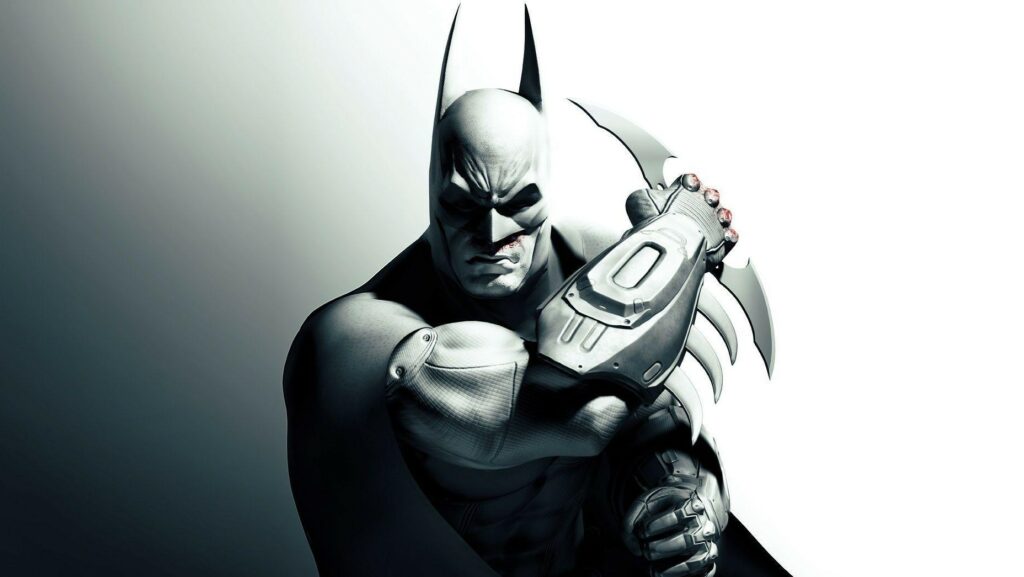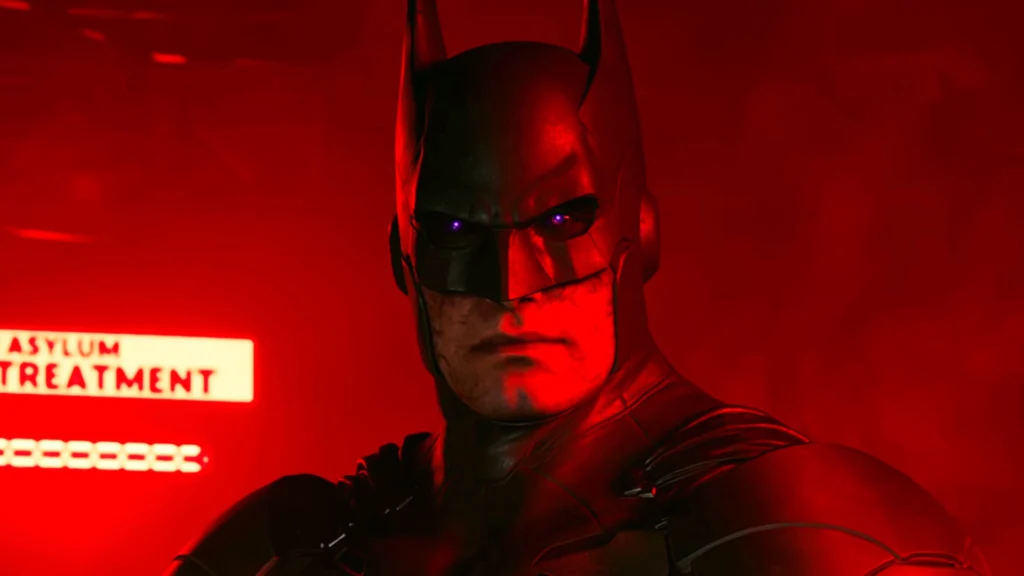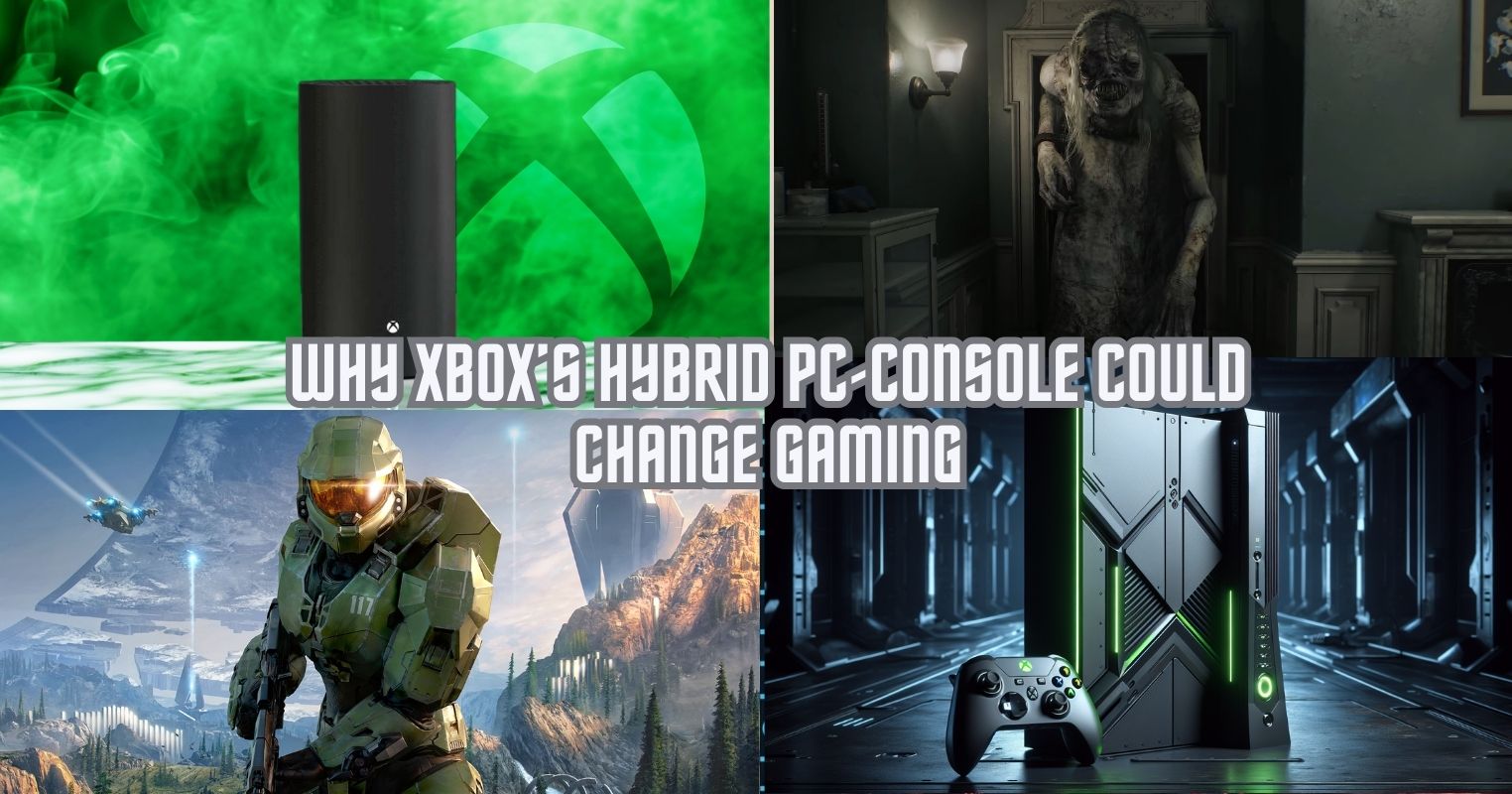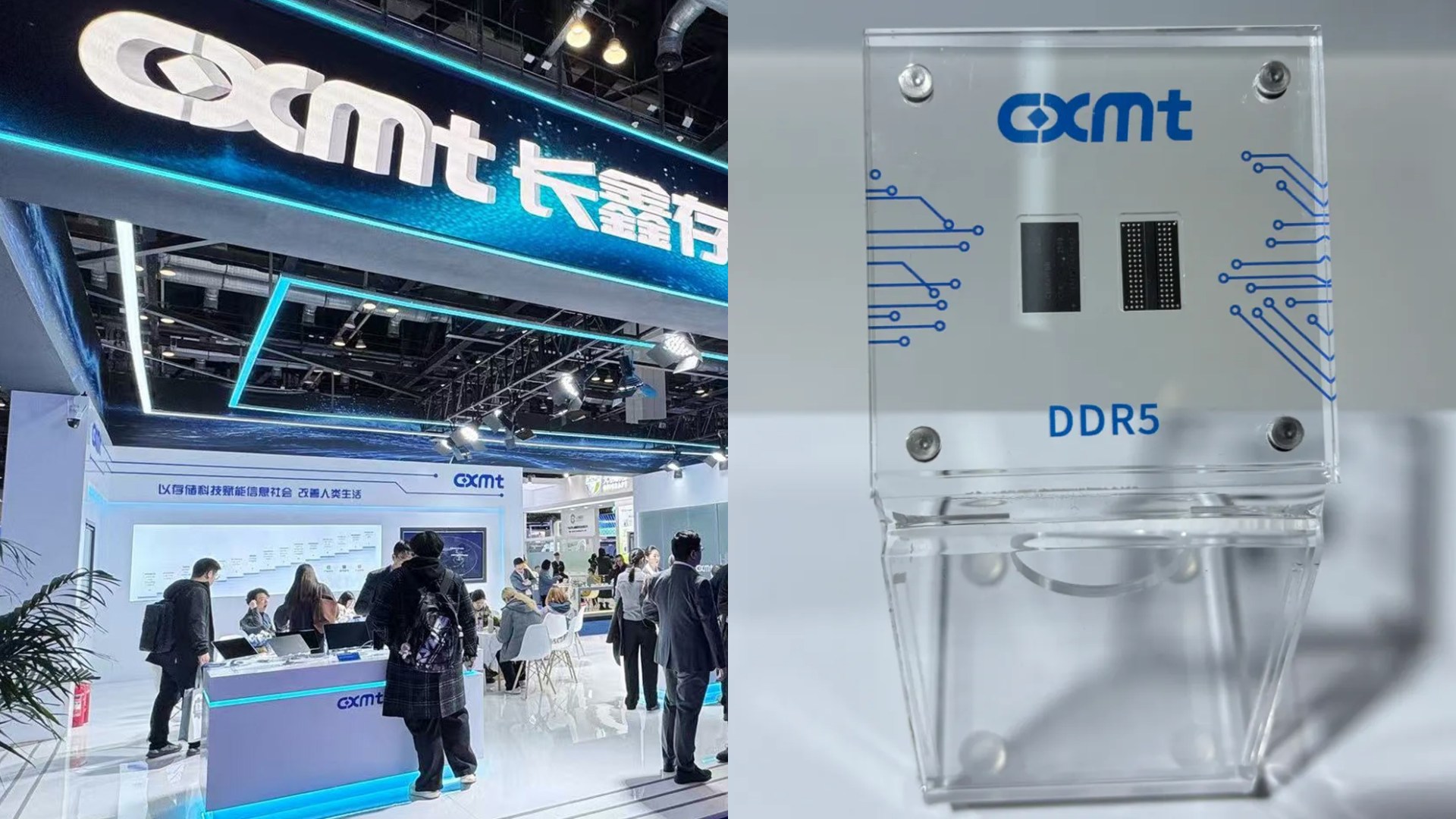- Expectations were high for Suicide Squad: Kill the Justice League due to the history of the Batman Arkham series.
- The game’s focus on live service meant that Rocksteady Studios’ talents as a single-player team went unnoticed in the game.
- It also failed as a portrayal of the Justice League.
Rocksteady Studios’ Suicide Squad: Kill The Justice League has become a bit of a disaster. As the developer’s worst-rated release, this game has led to a surge in Batman Arkham Knight’s player counts.
However, as a longtime fan of the developer’s work, I was more than willing to give the game a fair shot, going into the looter shooter with an open mind. Boasting a map twice as large as Batman Arkham Knight’s and an intriguing premise, I was not immediately ready to write off the title like many others.
Unfortunately, my time with the game has left me with mostly negative thoughts.
Why it matters: Suicide Squad was in development for well over seven years, making the result even more underwhelming.

Expectations From Rocksteady Studios
Rocksteady Studios seemingly came out of nowhere as the savior of superhero games in 2009.
Batman Arkham Asylum changed the industry’s perspective on superhero games fourteen years ago, but the studio did not stop there. Two years later, Batman Arkham City showed the developer’s talent and knack for innovation.
Naturally, this meant that expectations were high when Suicide Squad: Kill the Justice League was announced. In the past, this team was known for cutting-edge visuals, animations, and revolutionary design.
Rocksteady Studios evolved Batman’s arsenal in a way few had imagined, making him wildly powerful, whether it be through his immensely satisfying traversal or hard-hitting combat.
With the team tackling four playable characters in Suicide Squad: Kill the Justice League, I thought a similar level of care would go into each character’s gameplay, allowing their unique personalities and abilities to shine.
Much to my surprise, a character like King Shark, like everyone on the team, used guns to deal with his foes in the initial trailers. This was one of the first red flags I found early on.
In a game all about the Suicide Squad, Rocksteady Studios chose to go the looter shooter route instead of putting the characters’ personalities front and center through their gameplay.
Admittedly, the studio created a unique traversal system for each character, which became one of my favorite parts of the game. However, this was not enough to salvage the remains of a half-cooked live-service release.

Treatment of the Justice League
Suicide Squad: Kill the Justice League is extremely short. With a run time of around nine hours, the game is light on story content. This would not be so bad if the content on offer was consistently good throughout the nine hours.
However, this story leaves much to be desired. The Justice League’s treatment, in particular, is mind-boggling. For a studio that put so much care and attention into the characters of the Arkham series, I expected similar attention to detail for the League.
However, apart from Wonder Woman, most are treated as nothing more than plot devices that progress the story when needed. Their boss battles are incredibly uninspired, and rarely are the League members properly fleshed out.
I will admit that Batman has an incredible moment where he instills a sense of fear in the team as he hunts them down one after another. However, apart from this particular segment, each part involving the League feels undercooked.
While I didn’t mind Rocksteady Studios prioritizing the Suicide Squad, more care needed to be put into the beloved heroes turned villains, especially since this was Kevin Conroy’s last video game performance as Batman.

Live-Service Was A Poor Choice
This might be the most obvious flaw of Suicide Squad: Kill the Justice League, but it is still worth highlighting. Many of the game’s shortcomings stem from its association with the live-service genre.
The core gameplay loop is designed to encourage replayability through different builds and customization options. Rocksteady Studios claims to respect the player’s time, making it less time-consuming than most live-service games.
However, I found the game to offer next to no replay value at all. While the core gameplay loop gets the job done, everything surrounding traversal and combat is far from impressive.
Most of Suicide Squad: Kill the Justice League’s gameplay can be boiled down to endless shooting galleries. With little else to make up for this structure, the gameplay gets old quickly despite access to four different characters.
Inviting a few friends made the game more enjoyable for me, but this looter shooter lacks the sense of progression found in the best of the genre. I believe that a focus on cosmetic gear pieces and Battle Passes took away from the team’s effort on core gameplay elements of the title.
The game also began development at the height of the live service craze, but modern AAA development cycles meant that Rocksteady Studios’ release came around when the trend was already on its way out.
Overall, I hold the opinion that live service was not the right choice for Rocksteady Studios.
Hopefully, Suicide Squad: Kill the Justice League won’t be the last we see of Rocksteady Studios. Much of the original talent from this team has already departed, but I hope to see another great single-player adventure from the developer in the future.
As the pioneer of Batman Arkham, this team will forever hold a special place in my heart. While I have been disappointed by its latest release, I hope to see the developer bouncing back from this setback.
Thank you! Please share your positive feedback. 🔋
How could we improve this post? Please Help us. 😔
[News Reporter]
Abiyan is on track to complete his Computer Science bachelor’s degree. His enthusiasm for writing and gaming motivates him to keep readers and gamers updated with the latest information from the industry. In his free time, Abiyan enjoys playing Dota 2 and Rocket League. Abiyan has also been cited in reputed websites such as Kitguru, Comicbook, GamingBible, Eurogamer and Gamingbolt.




